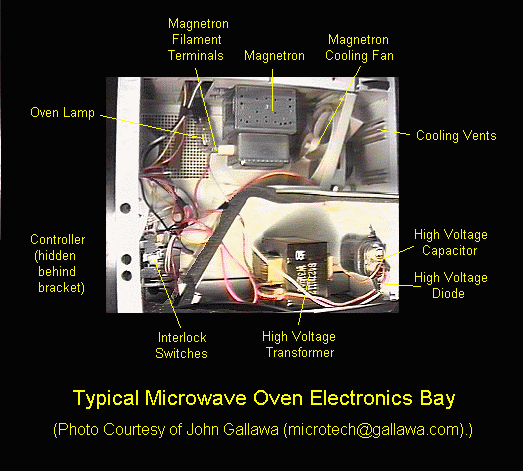Follow along with the video below to see how to install our site as a web app on your home screen.
Note: This feature may not be available in some browsers.


What particular problem are you facing?i want to do fm or am modulation












As you can review in this thread, I was also thinking of modulated light first. But it turned out, the the original poster actually intends microwave RF transmission...Many decades ago a common hobby project was to drive an incandescent lamp with an audio amplifier.



